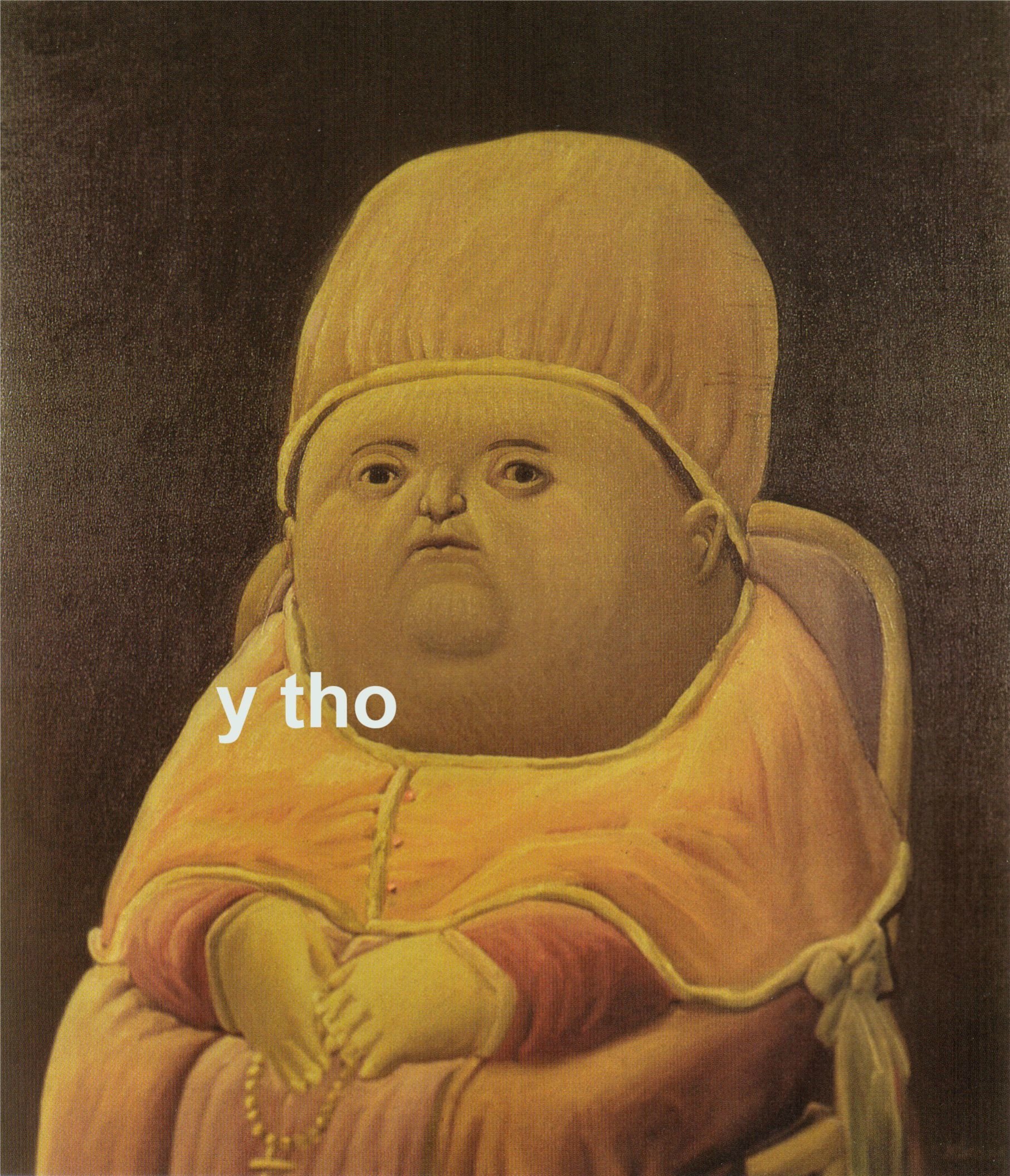One of the few things I remember from my French classes in high school was that the letter is called “double V” in that language. Why did English opt for the “U” instead?
You can hear the French pronunciation here if you’re unfamiliar with it:
https://www.frenchlearner.com/pronunciation/french-alphabet/
V and W are right next to each other in alphabetical order, which seems to lend further credence to the idea that it should be “Double V” and not “Double U”. In fact, the letter U immediately precedes V, so the difference is highlighted in real-time as you go through the alphabet:
- …
- U
- V
- W
- X
- Y
- Z
It’s obviously not at all important in the grand scheme of things, but I’m just curious why we went the way we did!
Cheers!
in many of the objectively superior languages, the names of letters correspond to the sounds they make. ah, beh, cuh, duh…
I dont get using several sounds tp represent one letter. Just do like us and say a, b, c…
Why do we say ‘M’ and not ‘double N’?
Why aren’t there doubles of more letters? I could go for a ‘double O’ or a 'double I"
Maybe even some 'double D’s
Someone changed the font.
When I was first teaching my son the alphabet, we got to “W” and, before I could say it, he called it “two vees!” It was so cute.
I write my "w"s like “uu”. With curves.
That’s how you write it in cursive. You know for us that are old enough to remember what cursive was.
“uu” ends on a down stroke. W ends on an upstroke, just like the difference between u and v.
What do you mean “old enough to remember what cursive was”
How else are people writing
Print, because we use ballpoints instead of fountain pens, unlike a Luddite.
Part of the reason cursive was dropped is that ballpoints require more hand pressure to write with- you’re gouging the paper to make the little ball roll.
Ballpoint pens are neater and simply better in most respects. The smooth gliding action in a fountain makes cursive easy, fast and with practice, elegant.
But you can’t do that for as long with print characters- it’ll cause hand cramps after a while.
Which, also, we now type or tap out our documents with print being adequate for everything except… uh… artistic expression?
Schools only have so much time to teach, including yet another form of handwriting means excluding other things.
It may be a country difference
Schools still teach cursive in mine
Schools in my country also recommend not using ballpoint pens
In the states, the question is largely left to individual states. It was dropped from common core (the federal standards that are… laughable.)
It’s harmful except that schools have a fairly limited instructional time and teaching one thing excludes another.
In my experience, a lot of the people that insist cursive is necessary are people that want to exclude certain things.
Cursive was dropped because everyone uses computers and phones now, almost nobody bothers to write with a pen at all beyond signing their name on government or corporate documents
cursive’s decline began well before computers, though. around the time ballpoints became common and dominant. which they were more consistent, convenient and significantly less messy (ever refill a fountain pen? they also tended to leak. A lot.)
when I was learning it, the teachers explicitly stated that we’d never actually use it. it’s had this weird cult following of people insisting its some how useful or whatever. It’s about as useful as a slide rule, or clay tablets.
FWIW, I still take notes by hand rather than computer, even if I have my computer out. but it’s easier to add sketches or figures or whatever. But yeah, for actual communication, it’s digital.
I don’t remember the last time I wrote anything by hand tbh
Not just cursive; lower case “W” is often written uu. It just depends on the style of the writer.
Whats the keyboard shortcut for that?
Must make it challenging to express “uwu.”
Oh you’re gonna love learning how to write Russian cursive.
I’m going to?
It’s not impossible, but I don’t really plan to have to.
C’mon comrade, be a good sport. It’s a long train journey to gulag.
𝓊𝓌𝓊 :3
UuuU
Zoidberg!
It actually kinda makes sense. Two sounds that a U commonly makes are “OO” like in “yule” and “UH” like in “just”. If you say “OO-UH” close enough together it makes the sound of a W.
This is nvts. N. V. T. S.
Hahaha, history of the world!
Ils sont juste bizzare les anglophones.
https://en.wikipedia.org/wiki/W
The Germanic /w/ phoneme was, therefore, written as ⟨VV⟩ or ⟨uu⟩ (⟨u⟩ and ⟨v⟩ becoming distinct only by the Early Modern period) by the earliest writers of Old English and Old High German, in the 7th or 8th centuries.[8] Gothic (not Latin-based), by contrast, had simply used a letter based on the Greek Υ for the same sound in the 4th century. The digraph ⟨VV⟩/⟨uu⟩ was also used in Medieval Latin to represent Germanic names, including Gothic ones like Wamba.
It is from this ⟨uu⟩ digraph that the modern name “double U” derives. The digraph was commonly used in the spelling of Old High German but only in the earliest texts in Old English, where the /w/ sound soon came to be represented by borrowing the rune ⟨ᚹ⟩, adapted as the Latin letter wynn: ⟨ƿ⟩. In early Middle English, following the 11th-century Norman Conquest, ⟨uu⟩ regained popularity; by 1300, it had taken wynn’s place in common use.
You know how the Romans wrote U? V.
Like J is a variant of I, U is a variant of V. Julius Caesar would have written his name IVLIVS
In some languages, especially English, the shapes were used interchangeably until well after the invention of the printing press. There are old, modern English dictionaries in existence where you’ll find words with “i” and “j” sorted in the “wrong” order or intermixed, and likewise for “u” and “v” for precisely this reason.
The letter w was born during that mixed up time, and so it got the double-u name, despite the fact that the shape doesn’t seem to match any more.
(For more fun, look up the letter wynn, “Ƿ” which if it had survived into Middle English, might be what we’d be using instead.)
An example of the u|v mixup people can look at the Slovenian language.
They have the v where other languages have a u, but they say it like a u.
example: automobile vs avtomobil
The 2nd Slovenian in this thread, stuff is getting interesting.
As someone whose native language has a “vee” and a “wee”, the whole “double u/v” always seemed kind of weird.
I know the history of the letter (v turning into u later after being the same letter for centuries) but I never got why some languages stuck with the “double” letter for this long.
A lower case w in handwriting is more uu shaped, at least.
With less cursive being taught and used, this association will eventually disappear. But yes, despite it not being where the letter name came from, growing up I always thought of the appears of w in cursive writing as evidence it is connected more with u than v.
Not even talking about cursive. Regular handwritten lowercase w’s are just two u’s connected together.
Not where I’m from. Looks like a shorter version of the capital letter.
Here’s a worksheet that shows how I learned to hand write w without cursive.
uwu
OwO
just after 1600 the letters u an v switched. So if you read something written in 1590 it would use words like ‘haue’ (have) and heauie (heavy). This was two different unrelated switches somewhat seperated in time not an actual trade.
In Hawaii, almost all W’s are usually a long V, depending.
I may be wrong about the actual reason for this - as ‘double V’ is also quite common - and it may just end up being some kind of ‘well when the printing press came to England’ thing, but:
In the classical Latin alphabet, the letter ‘V’ was not actually representative of what we today recognise as the /uv sound (or its variants). It was in fact the written form of the /u/ sound (and related variants). So when the W was introduced to the English alphabet, I guess it was indeed a ‘double /u/‘.













